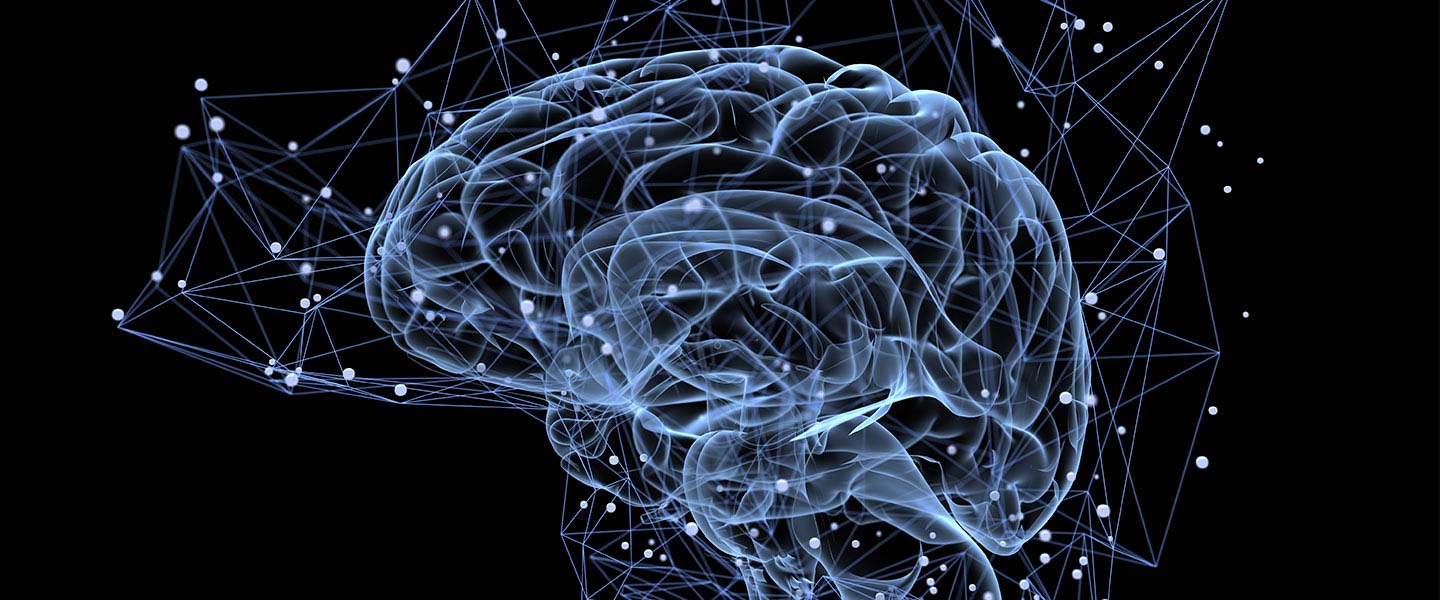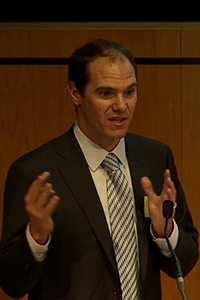Potential Biomarker May Predict Which Depressed Patients Getting CBT Will Have Added Benefit from tDCS Brain Stimulation
Potential Biomarker May Predict Which Depressed Patients Getting CBT Will Have Added Benefit from tDCS Brain Stimulation

In recent years, researchers have been trying to find ways of making an effective treatment for depression even more effective. Cognitive behavioral therapy (CBT), a form of talk therapy, has a response rate of about 60%. That means 6 patients in 10, on average, will have at least a 50% reduction in depression symptoms, although not all of those will have a complete remission.
Researchers in the UK led by 2013 BBRF Independent Investigator Jonathan P. Roiser, Ph.D., of University College London, have recently reported results of a clinical trial in which they tested whether adding another form of treatment to CBT would raise the response rate. Specifically, they combined CBT with a type of non-invasive brain stimulation called transcranial direct current stimulation (tDCS).
tDCS has been tested as a stand-alone treatment for depression, although results have been inconsistent across various trials. It has also been tested as a treatment for Parkinson’s and Alzheimer’s diseases (as a cognitive enhancer), as well as schizophrenia and stroke. Like rTMS, a different form of non-invasive brain stimulation that can be used to treat depression, tDCS has been well-tolerated by patients; but unlike rTMS, its consistency in helping patients has not yet been established.
In the newly reported trial, which appeared in the journal Neuropsychopharmacology, Dr. Roiser, with first author Camilla Nord, Ph.D., and colleagues, recruited 39 unmedicated people diagnosed with major depressive disorder, all of whom received CBT therapy, and 20 of whom also received active low-dose tDCS treatments (19 patients received a “placebo” version that feels like tDCS but does not generate a current that penetrates the skull).
Active tDCS or the placebo version were given to patients in eight weekly sessions, which lasted 20 minutes each. Immediately following each session, patients received their regular weekly hour of CBT therapy. The timing was intentional: knowing that brain areas stimulated by tDCS remain excited for about 90 minutes after each session, the researchers hoped that patients receiving active stimulation would derive enhanced benefit from CBT therapy if their treatments occurred during this interval.
The trial generated an intriguing result. While about 20% more patients responded or had a remission following CBT plus active tDCS (as compared with CBT plus the placebo version), this result did not reach statistical significance. Since the study population was small this will warrant retesting with a larger group, the team said. But one result of the study was clear: the discovery of a biomarker that may be useful in predicting which depressed patients are likely to have a response to tDCS.
The biomarker is a signal of activity in the brain’s dorsolateral prefrontal cortex, as measured prior to the initiation of tDCS and CBT treatment. This “baseline” level of activation, which was measured in each participant in the trial, was “strongly and specifically associated” with clinical response to tDCS, the team reported. With an accuracy of 86%, high levels of activation in the left prefrontal cortex at baseline retrospectively identified which patients had a significant benefit from tDCS, compared with the placebo treatment. This marker, the team said, could potentially be used in advance of actual treatment, to provide an indication of who would be most likely to respond to it.
The team concluded, “We discovered a biomarker that explains variability in tDCS response.” At other levels of stimulation intensity—the trial used it at low intensity—tDCS might show the same relationship to the biomarker, or a different one, another subject for future study, they said. “Ultimately, these data could guide patient selection in larger clinical trials, and, if confirmed, inform clinical use of tDCS in depression.”



